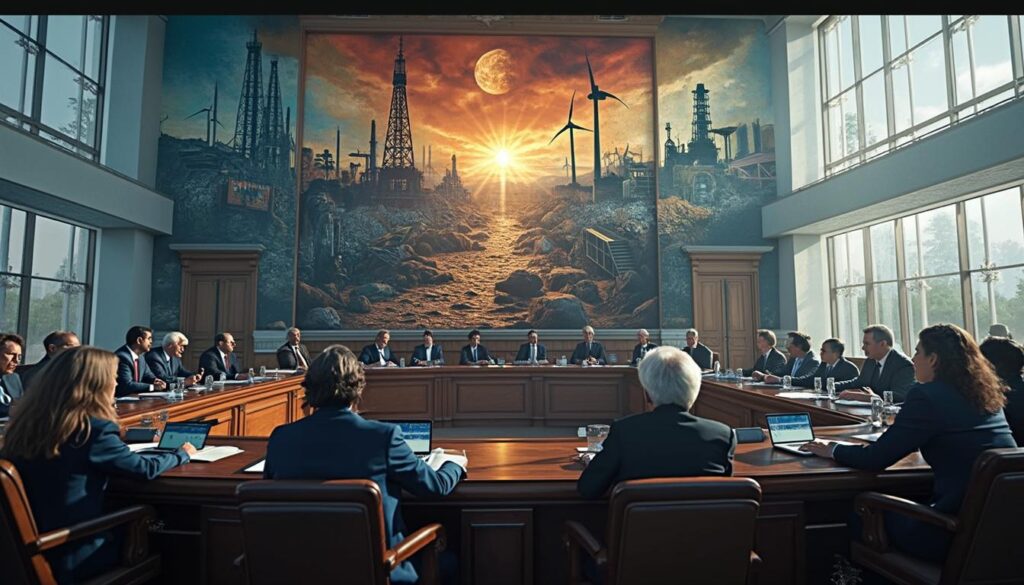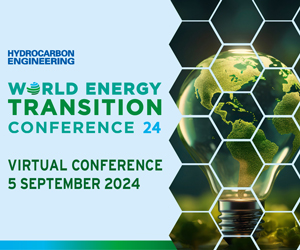The energy future relies on innovative and sustainable solutions.
Effective waste management is a crucial pillar of this transition.
Bioenergies are emerging as a promising response to current environmental challenges.
The valorization of biomass allows for the transformation of organic residues into sources of renewable energy. Thanks to advanced technologies, methanization offers a pathway to reduce our carbon footprint. These initiatives contribute not only to environmental protection but also promote a circular economy. Investing in these areas is crucial for long-term sustainable development.

Introduction to tariff challenges in the energy transition
The transition to a cleaner energy represents a major challenge for our society. However, energy tariffs can pose a significant obstacle to this evolution. Understanding how current and future tariffs influence the dynamics of renewable energies is essential for anticipating and overcoming the challenges ahead.
What are the impacts of current tariffs on renewable energies?
Energy tariffs play a crucial role in the competitiveness of renewable energies compared to traditional energy sources. Currently, many countries maintain subsidies and preferential tariffs for fossil fuels, which can slow the adoption of green technologies. For example, in the United States, the capacity of renewable energies has seen significant growth from 2014 to 2024, but this progress remains hindered by inconsistent tariff policies. For a detailed overview of this capacity, you can consult this article.
How can new tariff regulations influence energy costs?
New tariff regulations, particularly those implemented by recent administrations, can significantly increase energy costs. For instance, the tariffs imposed by the Trump administration and new state regulations have the potential to raise energy costs in Texas, thereby disrupting energy transition initiatives. This increase in costs can discourage investments in renewable energy projects and slow the decarbonization of the energy sector. For a thorough analysis of these impacts, refer to this article.
What are the specific challenges for renewable energies in rural areas?
Rural areas present unique challenges for the development of renewable energies. Limited access to infrastructure and investments can hinder the installation of green technologies. However, initiatives like Tri-State Energy have secured $25 billion for the closure of coal plants and the development of renewable energies for rural customers. This transformation is crucial to ensuring a fair and sustainable energy transition across all regions. To learn more about this project, check this article.
Why are smart meters essential for a successful energy transition?
Smart meters play a key role in managing and optimizing the use of renewable energies. They enable better management of energy consumption, facilitate the integration of distributed energy sources, and improve the efficiency of the electrical grid. Understanding how smart meters work and their benefits is essential for promoting an effective energy transition. For an in-depth understanding, visit this article.
What roles do visionaries play in the development of renewable energies?
Visionary individuals like Michael Polsky, the founder of Invenergy, are essential catalysts in the renewable energy sector. Their leadership and ability to innovate help overcome tariff and regulatory obstacles, promoting sustainable and economically viable energy solutions. Michael Polsky, for example, has played a decisive role in the development of large-scale wind and solar projects, thereby significantly contributing to the energy transition. To learn more about his impact, refer to this article.
How can subsidies facilitate or hinder the energy transition?
Subsidies are a double-edged sword for the energy transition. On one side, they can encourage the development of renewable technologies by reducing costs for businesses and consumers. On the other side, poorly targeted or excessive subsidies for fossil fuels can perpetuate dependence on polluting energies, thus delaying the transition to cleaner sources. Achieving balance in the allocation of subsidies is therefore crucial to foster a successful and sustainable energy transition.
What are the economic benefits of transitioning to renewable energies?
The transition to renewable energies offers numerous economic benefits. It stimulates job creation in the installation, maintenance, and research sectors for green technologies. Moreover, renewable energies can reduce dependence on fossil fuel imports, enhancing energy security and the trade balance of countries. In the long term, investments in renewables can lead to a reduction in energy costs due to improved efficiency and falling prices for green technologies.
How can consumers influence the energy transition?
Consumers play a crucial role in the energy transition by choosing cleaner energy sources and adopting responsible energy behaviors. The adoption of technologies like smart meters allows consumers to better manage their consumption and actively participate in reducing their carbon footprint. Moreover, the growing demand for environmentally friendly products and services encourages businesses to invest more in renewable energies. Each purchasing decision can thus have a positive impact on the overall energy transition.
What are the regulatory obstacles to transitioning to clean energy?
The transition to clean energy is often hindered by regulatory obstacles. Outdated laws and regulations can limit innovation and the adoption of renewable technologies. For example, some regions impose strict standards for new energy installations or prolong authorization processes, delaying green energy projects. Additionally, the lack of coherent policies and government support can discourage private investments in the renewables sector. To overcome these obstacles, it is essential to adopt favorable regulations and harmonize energy policies at the national and international level.
What is the importance of technological innovation in the energy transition?
Technological innovation is a key driver for the transition to renewable energies. The development of new technologies allows for improved efficiency of energy systems, reduced production and storage costs, and more effective integration of intermittent energy sources like solar and wind. Innovations such as more efficient solar panels, advanced storage batteries, and smart grids facilitate a faster and more sustainable energy transition. Encouraging research and development in this area is therefore crucial to achieving global climate goals.
How can public-private partnerships accelerate the energy transition?
Public-private partnerships are essential for accelerating the transition to cleaner energy. By combining the financial resources and technical expertise of the private sector with the regulatory support and incentives from the public sector, these collaborations can facilitate the development and implementation of renewable energy projects. For example, joint initiatives can enable financing for sustainable energy infrastructures, develop innovative technologies, and create jobs in the renewables sector. These partnerships are therefore a powerful lever to overcome the tariff and regulatory challenges that hinder the energy transition.
What is the role of renewable energies in national decarbonization strategies?
Renewable energies play a central role in national decarbonization strategies. Many countries have adopted ambitious plans aimed at reducing their greenhouse gas emissions by increasing the share of renewables in their energy mix. These strategies often include specific targets for installed capacity, tax incentives, and regulatory measures to encourage the adoption of clean energies. By aligning their policies with international climate goals, nations can not only contribute to the fight against climate change but also stimulate their economy by creating new opportunities in the renewables sector.
How can waste management support the energy transition?
Waste management is often an overlooked yet crucial aspect of the energy transition. The valorization of organic waste through processes such as methanization allows for the production of bioenergies, transforming waste into sources of renewable energy. This approach not only reduces the amount of waste sent to landfills but also contributes to the production of clean energy, thus helping to decrease dependence on fossil fuels. Effectively integrating waste management into energy strategies can therefore offer sustainable and economical solutions for the energy transition.
Articles similaires
Thank you!
We will contact you soon.














